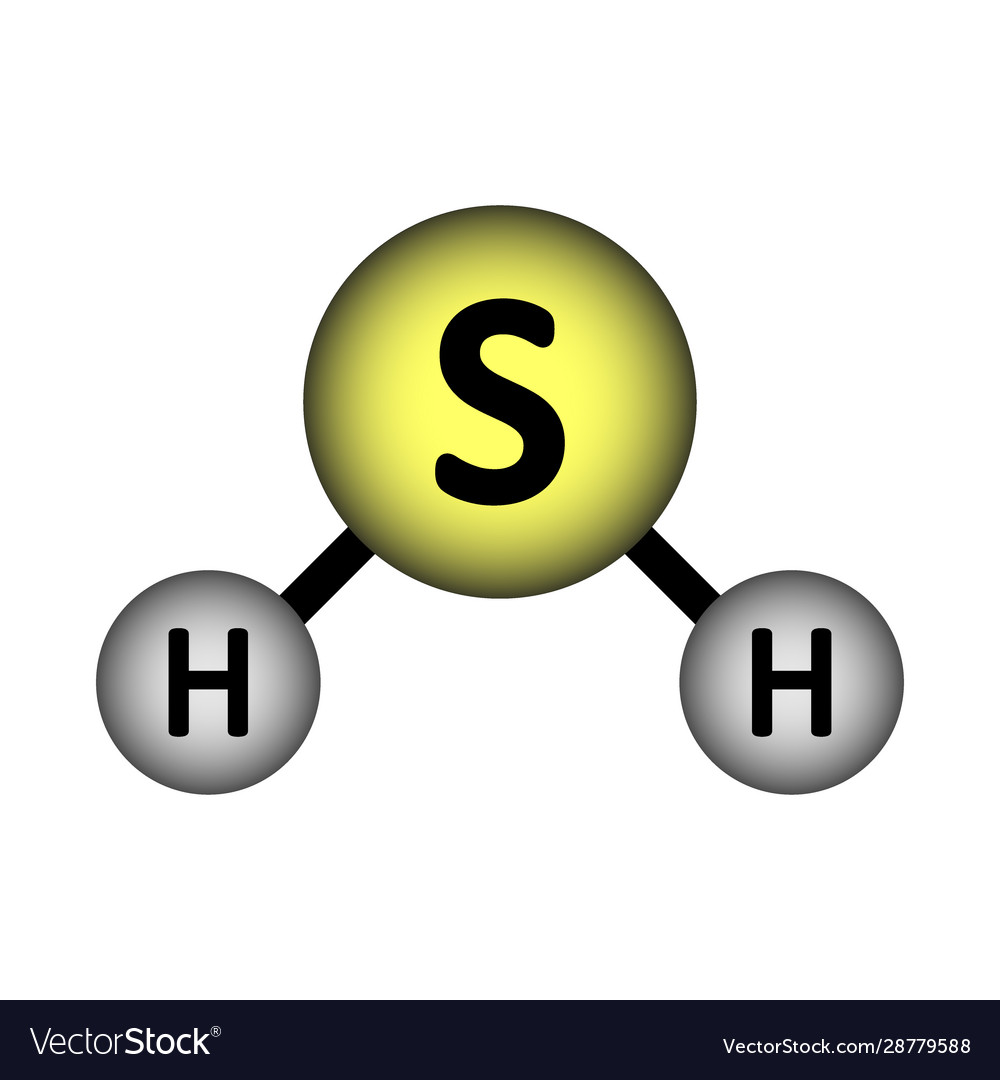

Besides, the production and release of H 2S are modulated by both endogenous and exogenous factors. However, the exact mechanisms and pathways by which H 2S-mediates normal physiological function and disease in the colon are not fully understood.

H 2S is involved in the physiological and pathophysiological conditions of the colon, such as inflammatory bowel disease (IBD) and colorectal cancer (CRC), which makes the pharmacological modulation of H 2S production and metabolism a potential chemical target for the treatment of colonic diseases. In the human colon, H 2S is produced by both endogenous enzymes and sulfate-reducing bacteria (SRB). Hydrogen sulfide (H 2S) is a toxic gas that has been recognized as an important mediator of many physiological processes, such as neurodegeneration, regulation of inflammation, blood pressure, and metabolism.
State Key Laboratory of Oncogene and Related Genes, Key Laboratory of Gastroenterology and Hepatology, Division of Gastroenterology and Hepatology, Ministry of Health, School of Medicine, Shanghai Cancer Institute, Shanghai Institution of Digestive Disease, Ren Ji Hospital, Shanghai Jiao Tong University, Shanghai, China. If you’d like an experienced attorney from Pringle & Herigstad to evaluate your hydrogen sulfide exposure case, please send us an email or call (855) 245-5100.Fang-Fang Guo, Ta-Chung Yu, Jie Hong and Jing-Yuan Fang * If someone you love suffered wrongful death due to hydrogen sulfide exposure or if you were exposed to hydrogen sulfide due to negligent workplace safety measures, you may have a case. Worst of all, there’s no way to tell how deadly the area is without specialized equipment, such as an H2S detector. At these extremely high concentrations, victims can pass away in minutes or even a single second. In the worst-case scenario, an incredible 750ppm and more, hydrogen sulfide will paralyze the lungs. Rushing into the scene without proper equipment and oxygen could result in further tragedy. Frightening as this is, it’s important to realize that hydrogen sulfide will do this to anyone without proper safety measures. Victims caught in the cloud stumble about, blinded and unable to breathe until they fall to the ground. Symptoms of Hydrogen Sulfide Exposure: High ConcentrationĪt 500 ppm, staggering turns to a complete loss of balance. Many victims vomit and suffer a loss of coordination that sends them uncontrollably staggering. Fluid quickly fills the lungs, making breathing even harder. Additionally, the gas stuns the nose, making it seem like the danger is gone.Īt medium-high concentrations, victims can become confused and accidentally stumble further into danger. Those caught in a hydrogen sulfide cloud will quickly develop a pounding headache, stomach sickness, and burning eyes and throat. Hydrogen sulfide accumulation of 100-250 ppm is where irritation turns to danger. Symptoms of Hydrogen Sulfide Exposure: Medium Concentration That’s why it’s important to wear proper safety gear (goggles and respirators) when you suspect the presence of hydrogen sulfide. At higher concentrations, from about 20 parts per million (ppm) to 100 ppm, hydrogen sulfide stings the eyes and throat with its corrosive properties. Similarly, hydrogen sulfide trapped in water will have a distinct sulfurous taste. Symptoms of Hydrogen Sulfide Exposure: Low ConcentrationĪt very low concentrations, hydrogen sulfide has a distinctive rotten egg smell. By recognizing the symptoms of hydrogen sulfide exposure, you can prevent disaster in the workplace. Then you stop and remember your training. You’ve completely lost your guiding sense, and you’re about to walk into a cloud of invisible poison. What you didn’t realize was that an unseen gas paralyzed your nose. 
It only lasts for a second, so you don’t think much of it. You’re walking to the next spot on your maintenance route when you get a whiff of rotten eggs that makes your nose hairs stand on end.






 0 kommentar(er)
0 kommentar(er)
